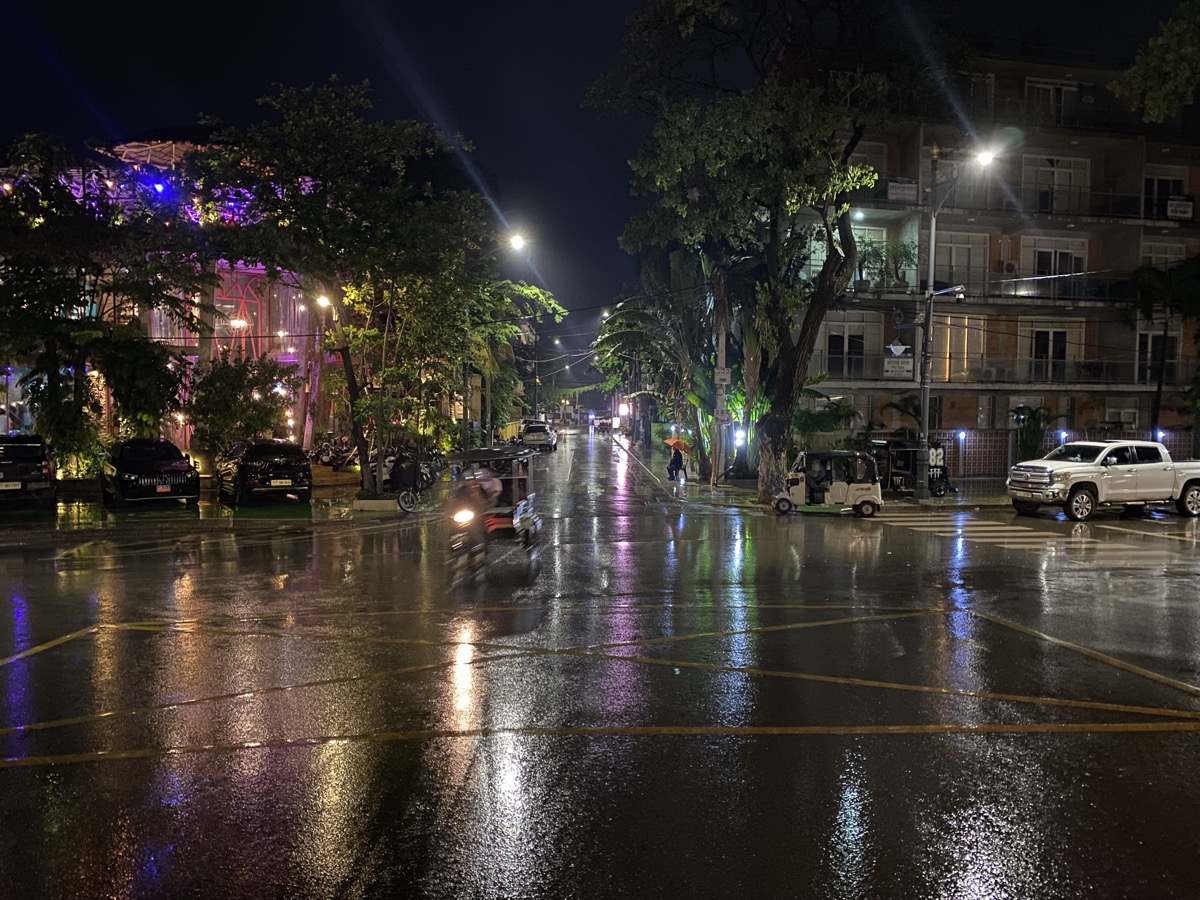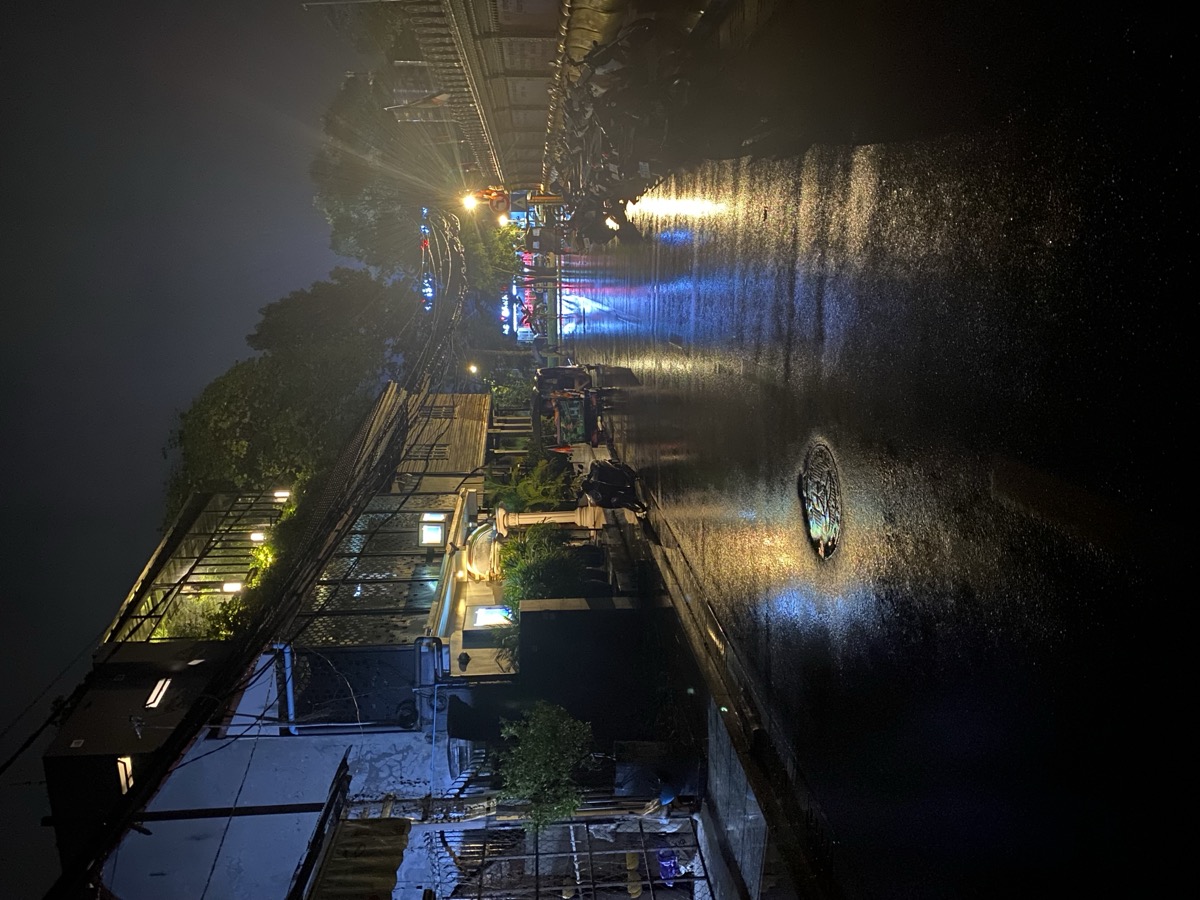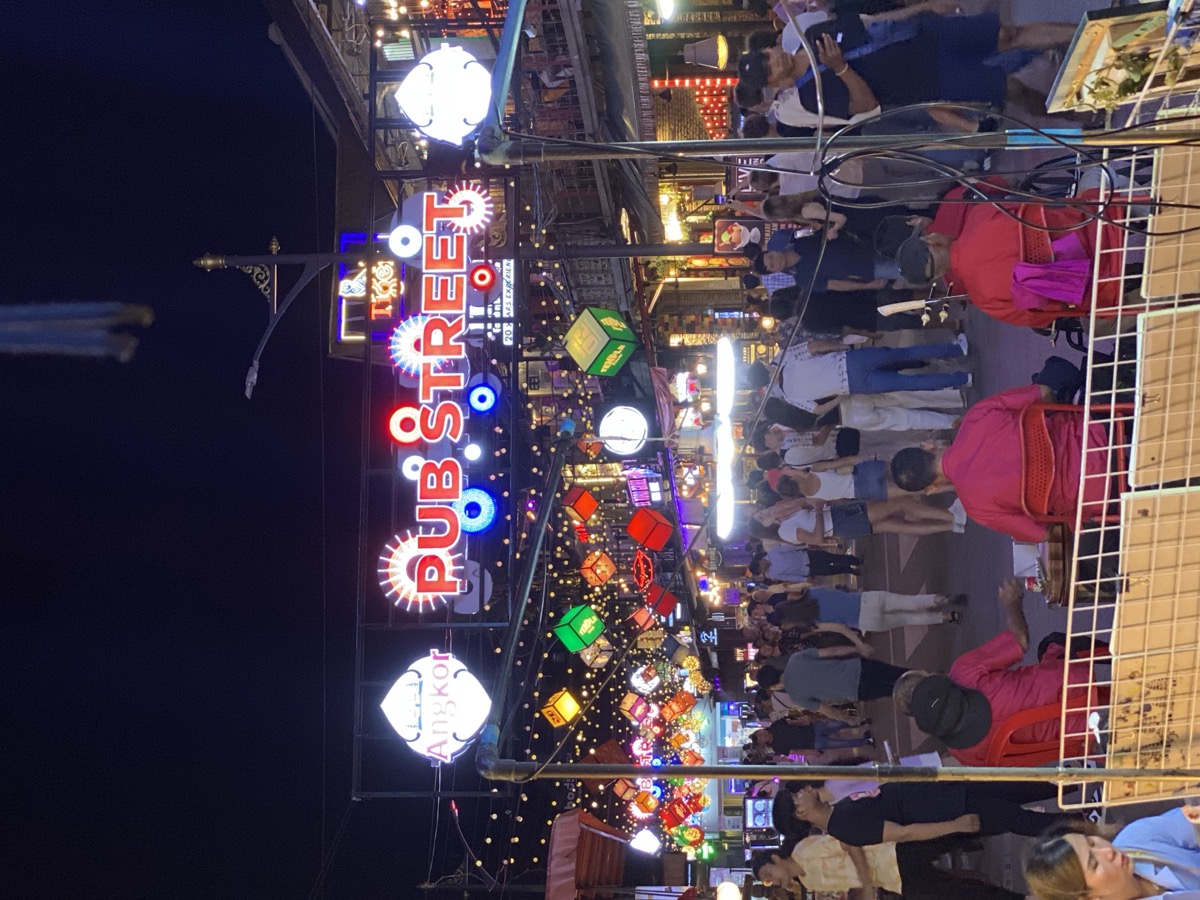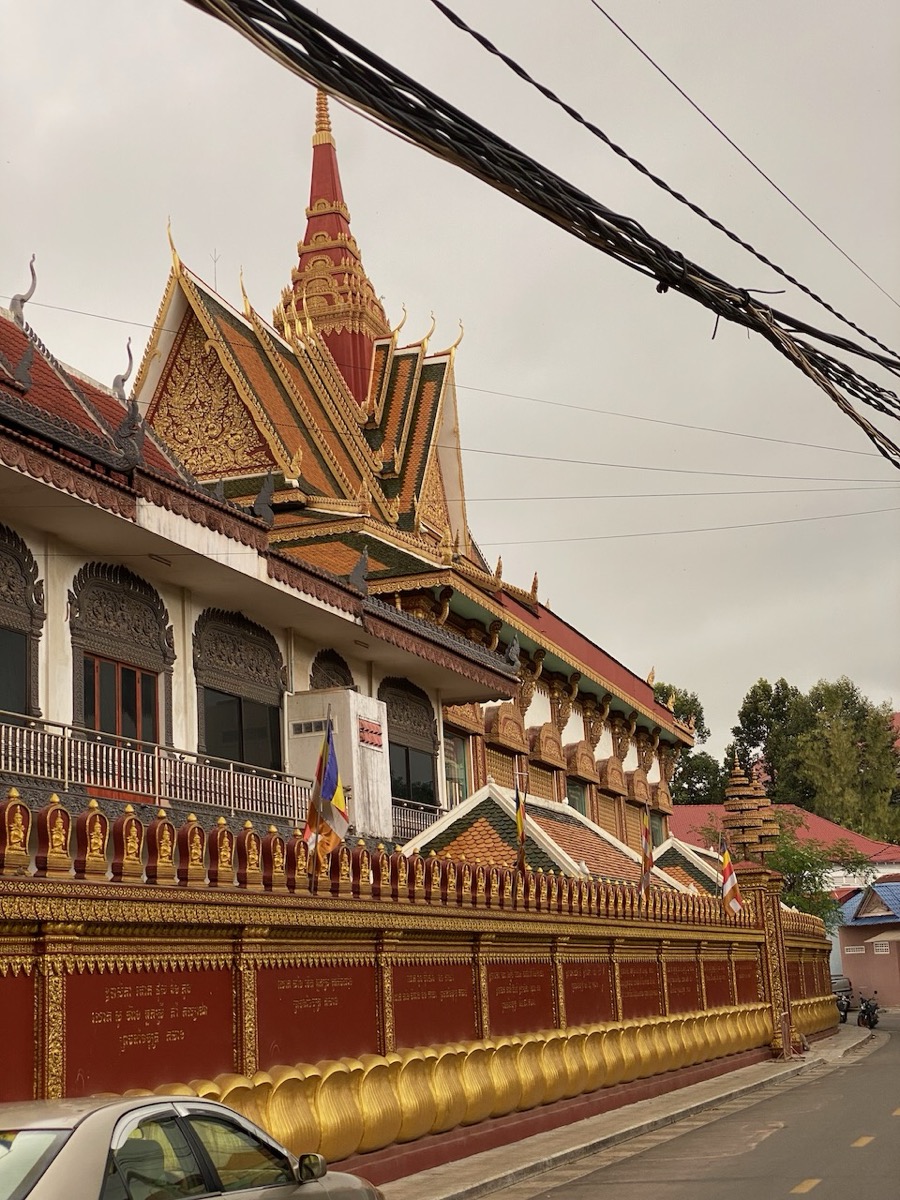Siem Reap - សៀមរាប
A city at the crossroads of past and present
Siem Reap, capital of the province bearing the same name, is located about ten kilometers south of the Angkor archaeological park. Once a quiet village along the river of the same name, it has become a major tourist destination in Cambodia while retaining a lively local fabric.
Its name literally means “defeat of Siam,” a reference to historical conflicts between the ancient Khmer Empire and the Thai kingdom.
The gateway to Angkor
Siem Reap’s fame is inseparable from that of Angkor, a UNESCO World Heritage site since 1992. Each year, millions of visitors come to admire:
- Angkor Vat, a 12th-century architectural and religious masterpiece.
- Angkor Thom, the former imperial capital.
- Bayon, known for its enigmatic carved faces.
- Ta Prohm, overrun by fig tree roots.
Tuk-tuks, bikes, motorbikes, or minibuses make it easy to explore the vast archaeological area.
A vibrant town
Siem Reap is more than just a stopover: it’s also a city where you can take the time to immerse yourself.
- Night Market: local crafts, souvenirs, clothes, street food.
- Pub Street: bars, restaurants, lively (and touristy) nightlife.
- Central Market (Psar Chaa): frequented by locals for fruit, fish, spices.
- Pagodas: Vat Preah Prom Rath, Vat Damnak.
- Museums: Angkor National Museum, Cambodia Landmine Museum.
Local culture and traditions
Off the beaten path, the region retains vibrant agricultural traditions:
- Rice paddies and floating villages on Tonlé Sap.
- Apsara dance performances.
- Stone carving and Khmer silk workshops (e.g. Artisans Angkor).
Handicrafts remain very much alive, often supported by NGOs or vocational schools.
Development and challenges
The rapid development of tourism has profoundly transformed Siem Reap. While it has boosted the local economy, it has also raised concerns about:
- Resource management (water, waste, electricity).
- Preservation of local identities.
- Dependence on international tourism.
Many local stakeholders advocate for more sustainable and better-integrated tourism in the surrounding rural fabric.
Conclusion
Siem Reap is much more than a departure point to Angkor: it is a place of exchange between past and present, between visitors and locals. Taking the time to stay reveals a warm, creative, and contrasting city—a reflection of today’s Cambodia.
Siem Reap and its magnificent temples and ruins, including the South Gate of Angkor Thom, the temple of Bayon, the Gate of the Dead, the Baphuon, Phimeanakas, the Terrace of the Elephants, the Terrace of the Leper King, Angkor Vat, the South Gate of Banteay Kdei, Ta Prohm, and Banteay Srei.





